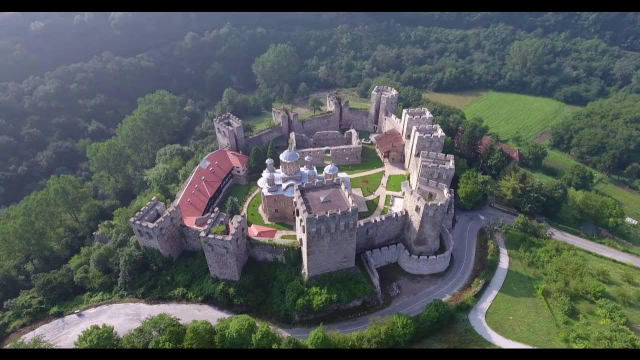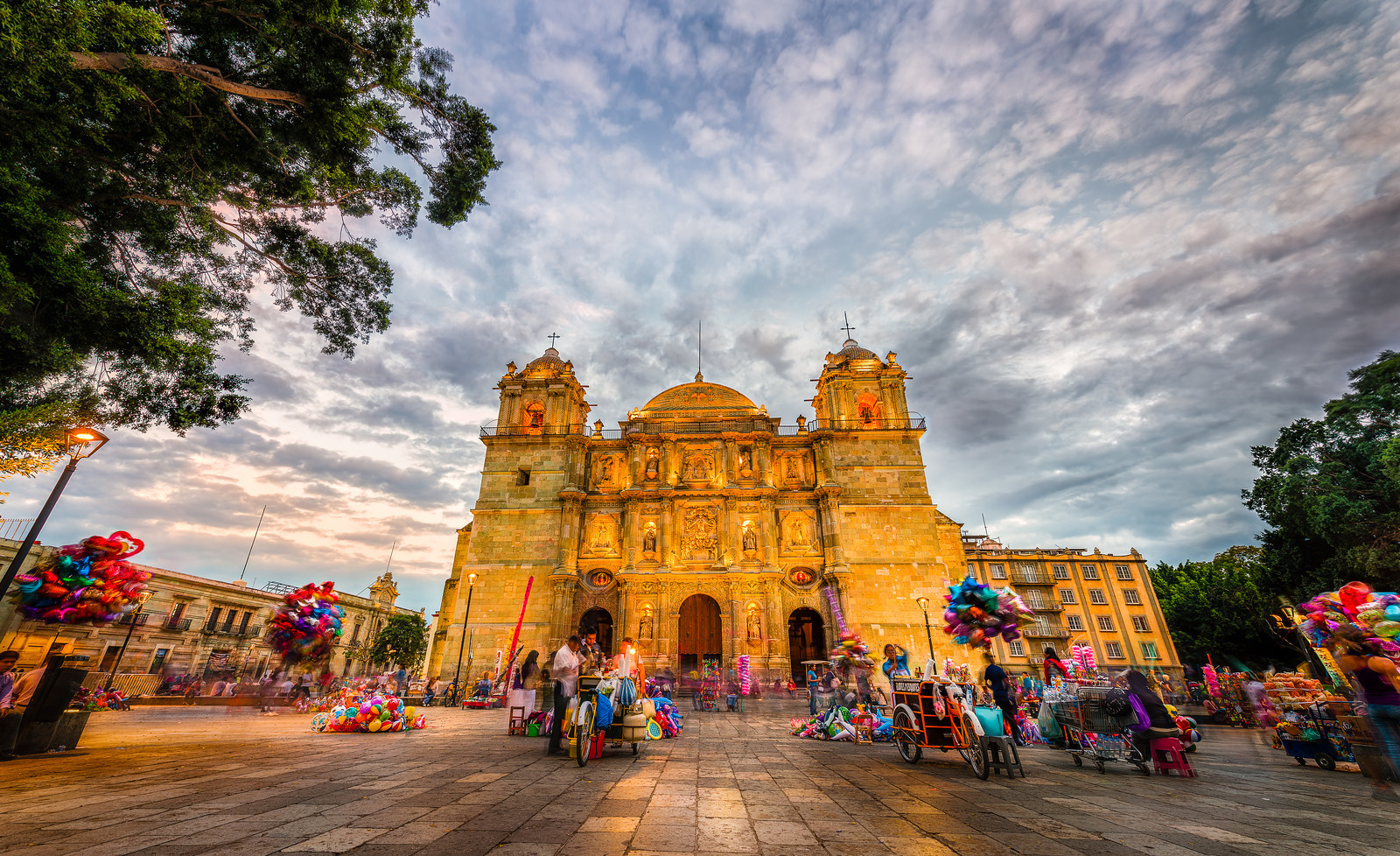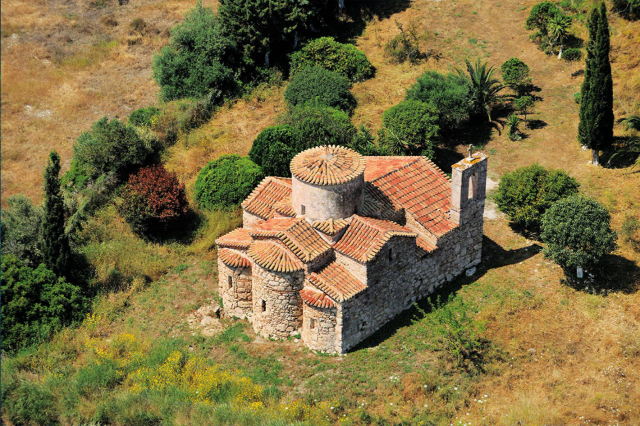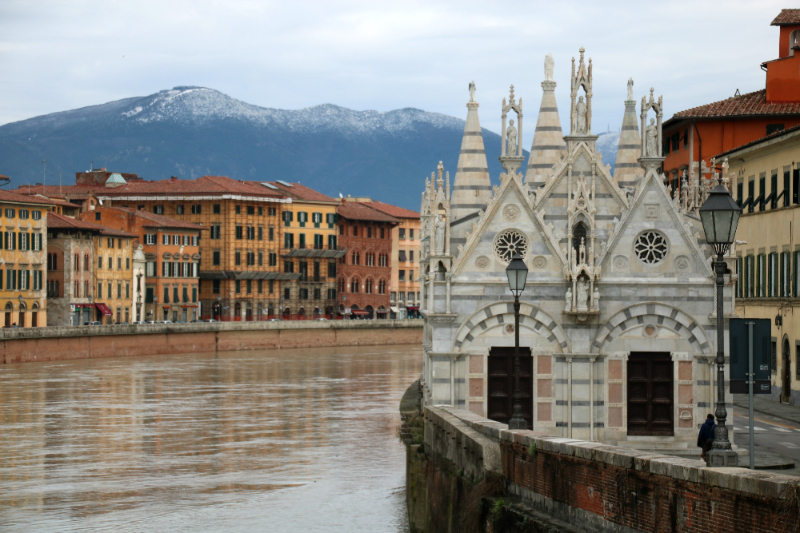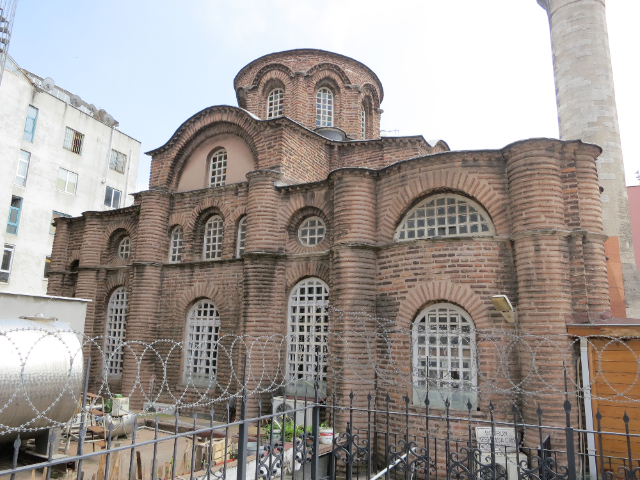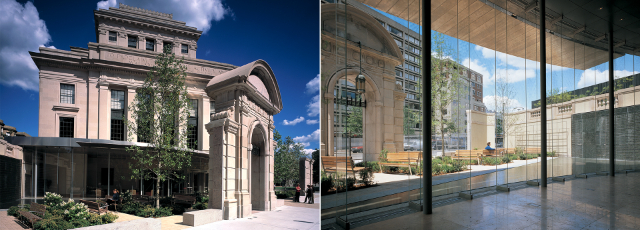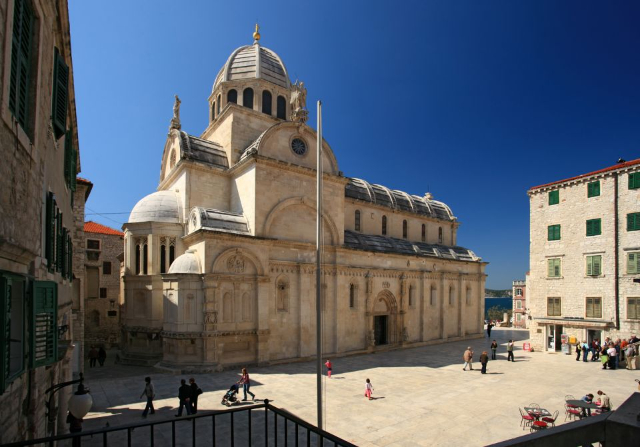Resava Monastery, also known as Manasija Monastery, is a medieval Serbian Orthodox monastery located in the eastern part of Serbia, near the town of Despotovac. It is one of the most significant cultural and historical landmarks in Serbia and is renowned for its architectural beauty and rich artistic heritage.
The monastery was founded in the 14th century by Despot Stefan Lazarević, a prominent Serbian ruler and a son of Prince Lazar, who played a crucial role in the famous Battle of Kosovo in 1389. Resava Monastery served as a spiritual and cultural center during that time, contributing to the preservation and development of Serbian literature, education, and art.
The architectural style of Resava Monastery is characterized by a combination of Byzantine and Serbian medieval influences. The complex consists of several buildings, including the Church of the Holy Trinity, the residential quarters for monks, and fortification walls with defensive towers. The church itself is adorned with stunning frescoes, painted by the most renowned Serbian medieval painters of that era.
The interior of the church features intricate frescoes that depict various religious scenes, including the lives of saints, biblical stories, and the Last Judgment. The frescoes are notable for their vibrant colors, fine details, and the skillful portrayal of emotions. They represent a significant achievement in Serbian medieval art and are considered among the finest examples of Byzantine-influenced frescoes in the Balkans.
Over the centuries, Resava Monastery has faced numerous challenges, including destruction, abandonment, and reconstruction. It suffered severe damage during the Ottoman occupation in the 15th century, and later during the Austro-Turkish wars in the 17th and 18th centuries. However, it was restored and renovated several times throughout history, preserving its cultural and religious significance.
Today, Resava Monastery is an active religious site and a popular tourist destination. Visitors can explore the monastery complex, admire the beautiful frescoes, and learn about the rich history and cultural heritage of the region. The monastery also houses a museum that displays a collection of medieval artifacts, manuscripts, and religious icons.
Resava Monastery stands as a testament to Serbian spirituality, artistry, and resilience throughout history, and it continues to be a revered symbol of Serbian Orthodox Christianity.
